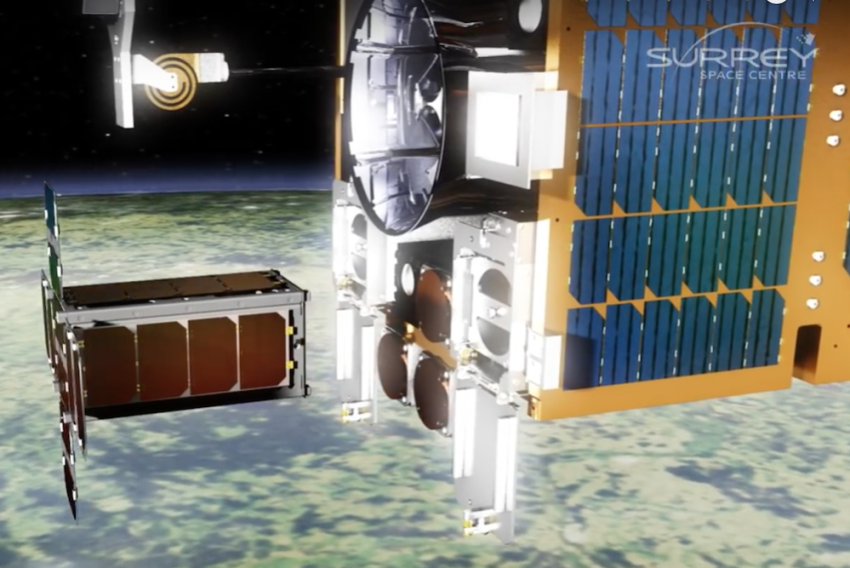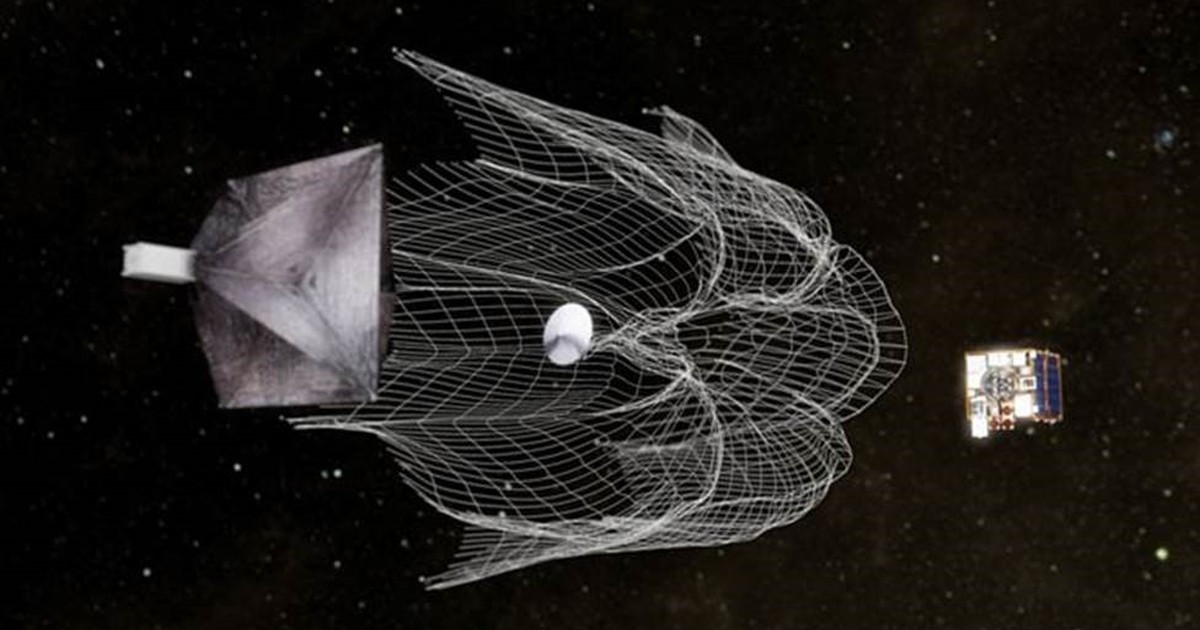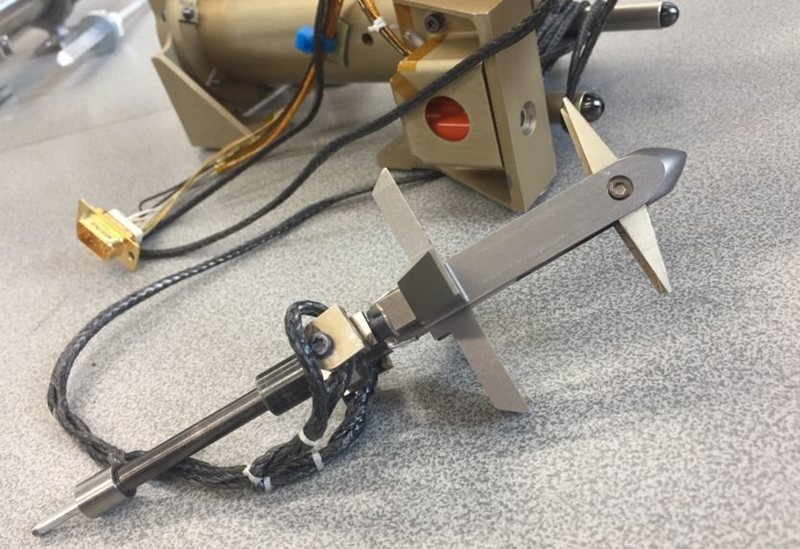
Space debris remover ready for experiments
Last week, the RemoveDEBRIS satellite was launched from the ISS International Space Station. The satellite has a net and a harpoon on board to catch space debris.
The main aim of the RemoveDEBRIS satellite is to try out different ways of cleaning up space debris in orbit around the earth. The 100-kg satellite also brought some debris into space itself, in the form of two cubesats, each the size of a milk carton. These cubesats will be used for RemoveDEBRIS to practice and demonstrate its debris removal skills. In April, the satellite arrived at the ISS.
Identify and follow
The first task of RemoveDEBRIS is using its on-board lasers and cameras to follow one of the cubesats once it has been released. The images obtained are then sent to the flight control centre for analysis. The test will show if space debris can be identified and followed in this way.
In the net

Then the second cubesat will be released, and RemoveDEBRIS must show that it can catch it. To simplify matters, the cubesat will make itself bigger by inflating its own balloon. The cubesat must be caught with a net fired by RemoveDEBRIS when it is 7 metres away from the satellite. That net then rolls itself up, collecting the cubesat and its balloon.
Harpoon
The RemoveDEBRIS is also equipped with a small harpoon. It will be tested by releasing a small 10 x 10 cm object from the satellite that the harpoon should hit from a distance of 1.5 m. The harpoon is connected to the satellite by a rope.

The RemoveDEBRIS satellite itself will also undergo a self-destruction test, which should leave no space debris behind. In this last part of its mission, it will open a space sail, which should slow the satellite down enough for it to fall out of orbit and eventually burn up in the earth's atmosphere.

The satellite was developed by engineers at Surrey Space Centre in the UK. Over the coming month, all the instruments on-board RemoveDEBRIS will be tested first, after which the experiments will be carried out.
More and more space debris
The removal of space debris is becoming a critical issue, because there is an increasing amount of it (currently 7,500 tonnes), which means there is more and more chance that a piece of debris will hit a satellite or spacecraft. Previous attempts to test debris removal systems failed.
If you found this article interesting, subscribe for free to our weekly newsletter!
Images: Surrey Satellite Technology
Meer artikelen

Een AI-fabriek in Groningen

Gezondheid meten via zweetdruppels
Nieuwste artikelen

Een AI-fabriek in Groningen






